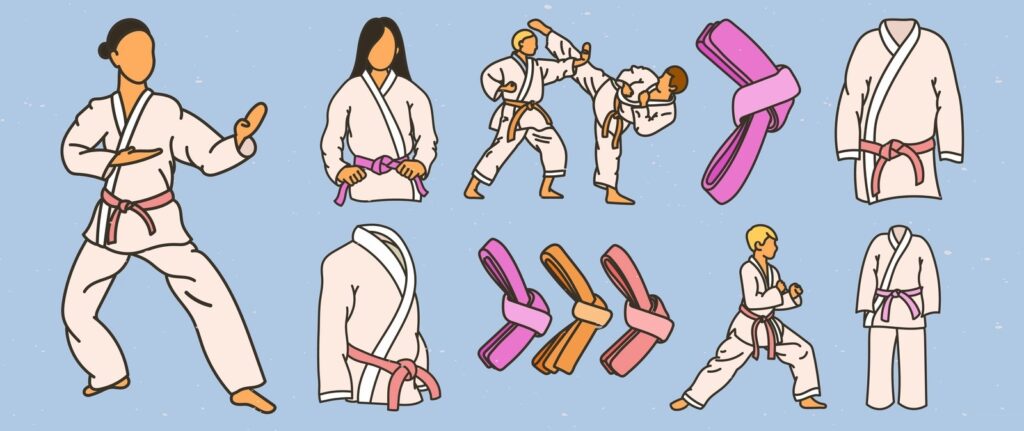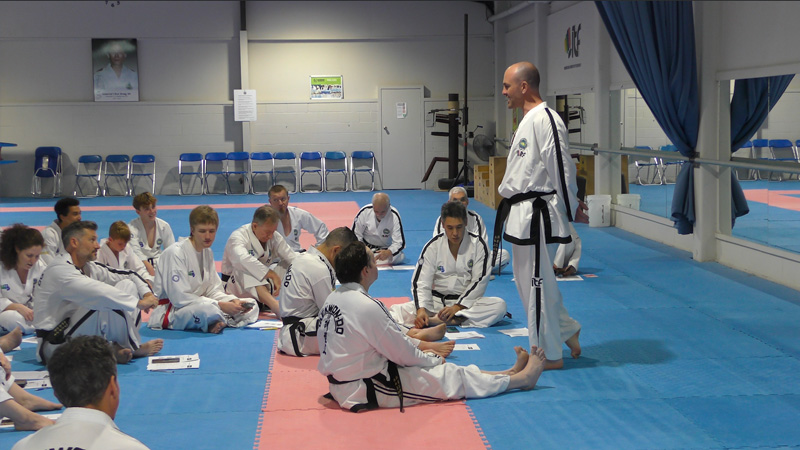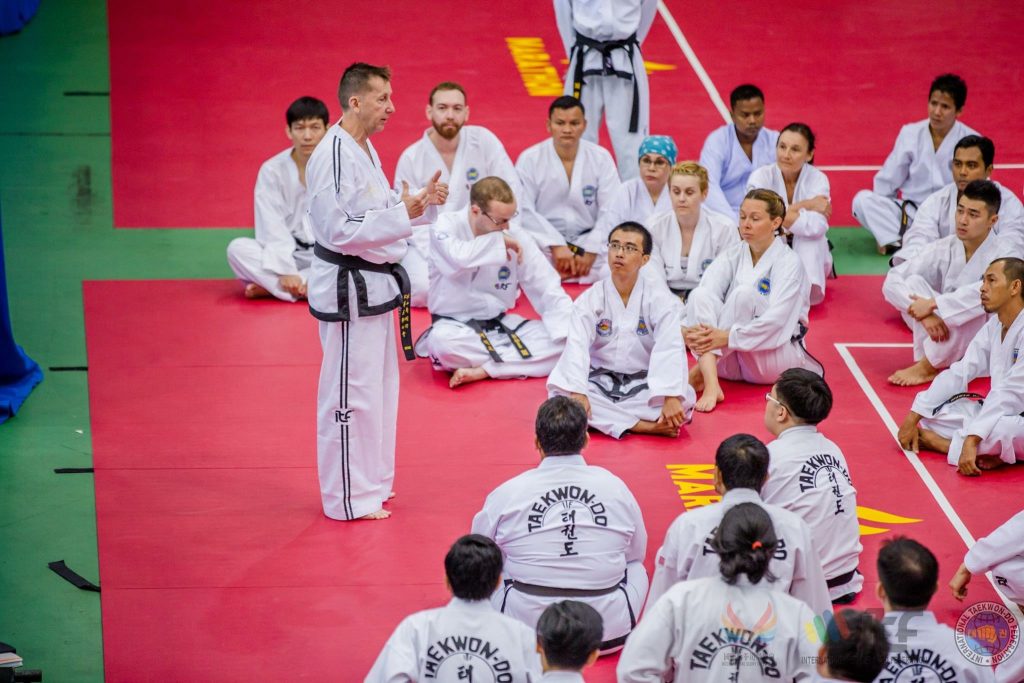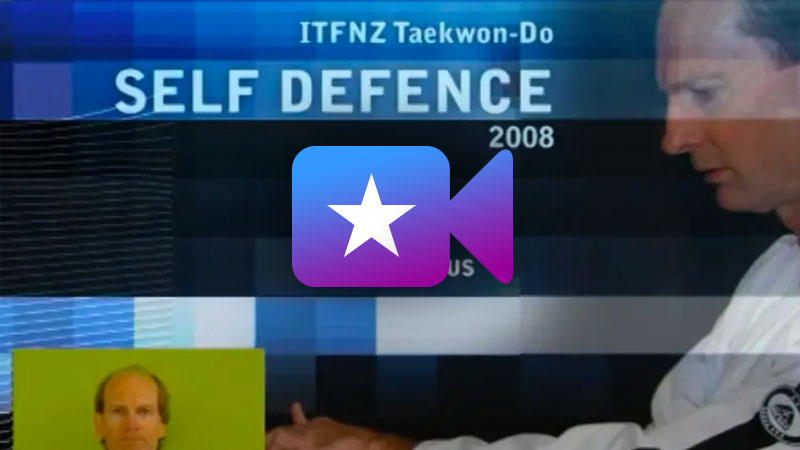7 Amazing Facts: Is Taekwondo Korean or Japanese?
7 Amazing Facts: Is Taekwondo Korean or Japanese?
Introduction: The Big Question
If you’ve ever wondered, “Is Taekwondo Korean or Japanese?”, you’re not alone. Many people are curious about where this amazing martial art really comes from.
Taekwondo is practiced all over the world — from small neighborhood schools to big Olympic arenas. You’ve probably heard of schools like World Taekwondo Center, IYA Taekwondo Sacramento, or Master Kim’s Taekwondo.
In this blog, we’ll clear up the confusion once and for all. You’ll learn what Taekwondo really means, how it began, what styles exist, how kids can benefit, and what gear you need — from taekwondo shoes adidas to your taekwondo outfit and belt.
And don’t miss the videos on our TKDCoaching YouTube Channel for free tutorials and technique tips.
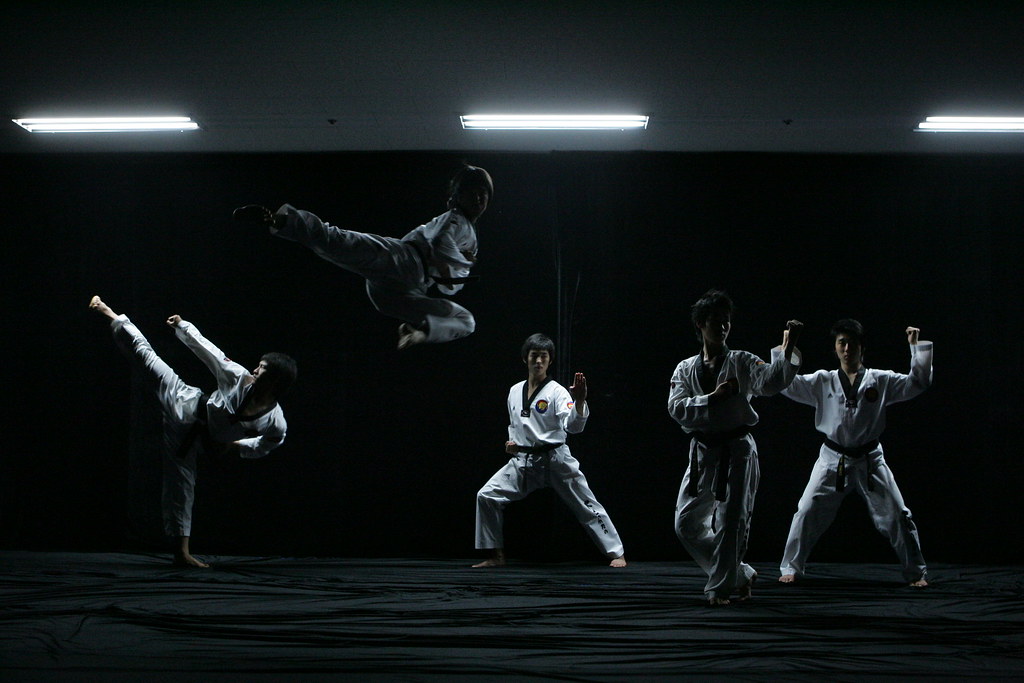
What Is Taekwondo? Meaning, Spelling, Pronunciation
The word Taekwondo is made up of three Korean words:
- Tae (태) means foot or to kick.
- Kwon (권) means fist or to punch.
- Do (도) means way or discipline.
Put together, Taekwondo means “the way of the foot and the fist.”
You might see it written as Taekwon-Do or Tae Kwon Do. All are correct spellings.
In Korean, it’s written as 태권도 and pronounced teh-kwon-do. Many people say “tay-kwan-do,” but that’s slightly off — it’s softer, more like “teh-kwon-doh.”So, when you hear words like taekwondo kicking, taekwondo poomsae, or taekwondo sparring, they’re all part of this martial art that combines kicking, hand techniques, and self-discipline.
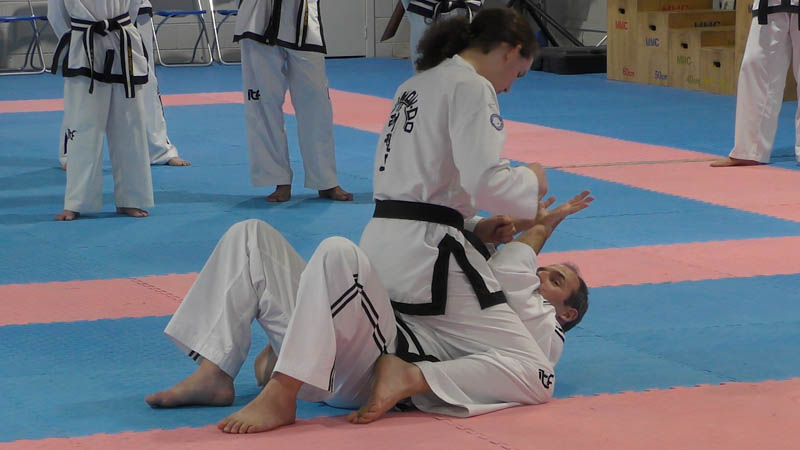
Is Taekwondo Korean or Japanese? A Brief History
Here’s the clear answer:
👉 Taekwondo is a Korean martial art.
However, parts of it were influenced by Japanese Karate and Chinese martial arts.
How It Started
- Korea had ancient fighting arts like Taekkyeon, Subak, and Gwonbop that focused on kicking and hand strikes.
- During Japan’s rule over Korea (1910–1945), Japanese martial arts such as Karate became known in Korea.
- After liberation in 1945, Korean masters combined their native techniques with Karate-style training.
- In 1955, they agreed on one name: Taekwondo — a symbol of national pride and unity.
- Later, groups like World Taekwondo (WT) and the International Taekwon-Do Federation (ITF) helped spread Taekwondo across the world.
That’s why some people think it might be Japanese, but it’s truly a Korean creation that evolved from Korean roots and blended influences.
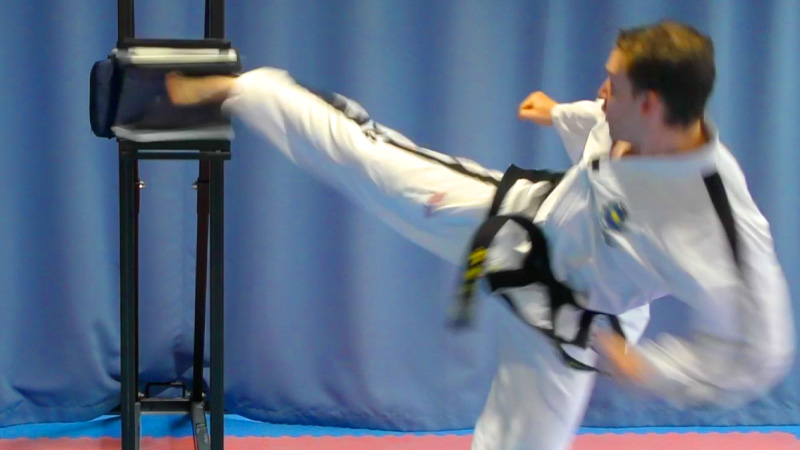
Roots & Influences: Taekkyeon, Subak, Karate, Gwonbop
Modern Taekwondo came from several sources:
- Taekkyeon – A traditional Korean art that uses smooth, flowing kicks and rhythm. It’s considered the closest ancestor of modern Taekwondo.
- Subak – An old Korean form of hand fighting.
- Gwonbop (Kwonbop) – Means “fist method,” also used in Korean and Chinese martial systems.
- Karate (Shotokan) – Introduced to Korea during Japanese rule, it influenced early training methods and stances.
All of these combined created Taekwondo, a truly Korean martial art that values discipline, respect, and mental strength as much as physical skill.
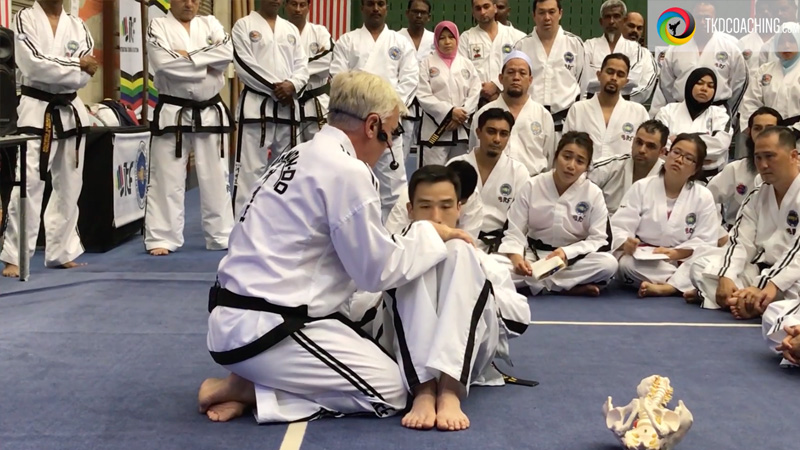
Modern Styles & Organizations (ITF, WT, Songahm, etc.)
Today, Taekwondo has a few main branches:
- World Taekwondo (WT): The style used in the Olympics.
- ITF (International Taekwon-Do Federation): Founded by General Choi Hong Hi, it focuses on patterns and self-defense.
- Songahm Taekwondo: The system used by the American Taekwondo Association (ATA).
- Traditional Taekwondo / Kukkiwon: The main governing body in Korea that sets poomsae standards.
You’ll find many schools following one of these systems — names like All Pro Taekwondo, Polaris Taekwondo, White Tiger Taekwondo, Black Tiger TKD, Roar Taekwondo, and more.
Each has its own training style, but all share the same roots: respect, discipline, and powerful kicks.
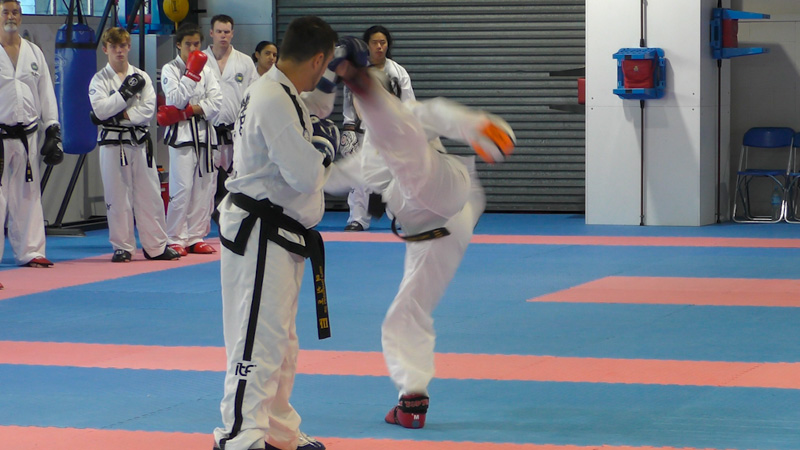
Children’s Taekwondo: Why It’s Great for Kids
One of the best things about Taekwondo is how great it is for children.
Children’s Taekwondo helps kids grow physically and mentally.
Here’s why parents love it:
- Improves balance, focus, and coordination
- Teaches respect and discipline
- Builds confidence and self-esteem
- Keeps kids active and fit
- Helps them set and reach goals through the belt system
Children love the energy, the kicks, and earning their next belt color, from white belt Taekwondo up to black belt.If you have questions about classes or kids’ programs, visit our Help & Support, check the FAQ, or Contact Us.
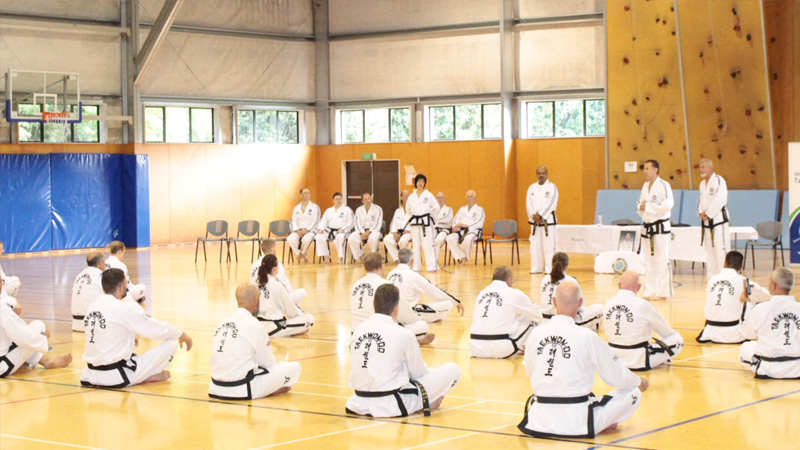
Taekwondo Techniques — Kicks, Poomsae, Sparring
Taekwondo is famous for its kicking techniques. In fact, it’s known as the most kick-focused martial art in the world.
Popular Taekwondo Kicks
- Side kick (Yop Chagi)
- Roundhouse kick (Dollyo Chagi)
- Back kick (Dwit Chagi)
- Axe kick (Naeryo Chagi)
- Hook kick (Huryeo Chagi)
These moves show why Taekwondo is fast, powerful, and exciting to watch.
Poomsae (Forms)
Poomsae are sets of movements that combine blocks, strikes, and stances. They help students learn control, rhythm, and balance.
- In WT, you’ll see Taeguk Poomsae.
- In ITF, you’ll find Chang Hon patterns.
- In Songahm Taekwondo, each belt has its own unique form.
Sparring (Gyeorugi)
Sparring is when two students practice fighting in a controlled way.
It teaches timing, accuracy, and real-world application. Students wear safety gear — helmets, pads, and gloves — and earn points for clean strikes.
It’s both fun and competitive, especially in Taekwondo tournaments.
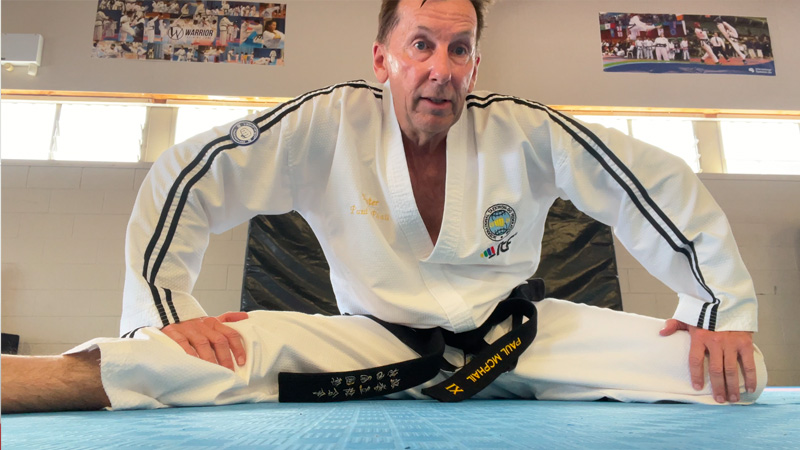
Gear and Equipment: Shoes, Uniform, Belt & More
To get started, you’ll need some basic Taekwondo equipment:
- Taekwondo outfit (dobok): The white uniform you wear in class.
- Taekwondo belt: Shows your rank. Beginners start with a white belt, then move through colors.
- Taekwondo belt holder: A great way to display your progress.
- Taekwondo shoes adidas / taekwondo adidas shoes: Comfortable shoes designed for martial arts floors.
- Taekwondo helmet & kick pads: For sparring and protection.
- Taekwondo outfit patches/logo/symbol: Show your school or style.
- Taekwondo wallpaper/images/clipart: Nice for decorating your gym or blog.
Knowing your taekwondo uniform name, how to tie your belt, and how to use your taekwondo equipment properly will help you feel more confident in class.You can find recommended gear in our Shop section.
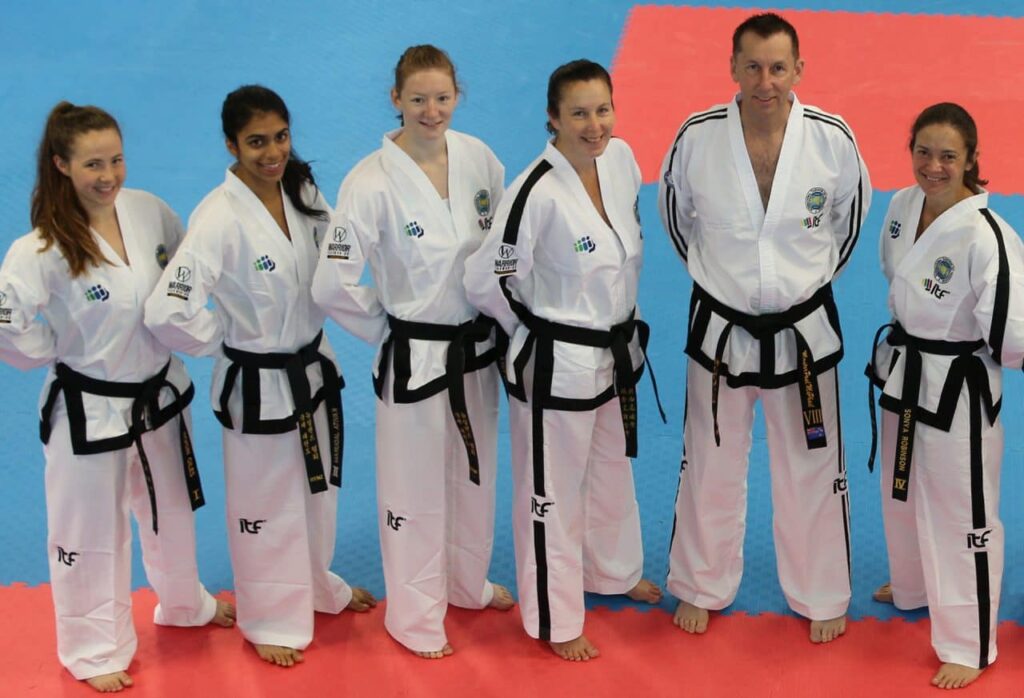
Famous People, Schools & Centers
Taekwondo has produced many famous athletes and respected schools worldwide.
Here are a few you might recognize:
- World Taekwondo Center – A top global organization.
- IYA Taekwondo Sacramento – Known for family-friendly programs.
- Jade Jones – Olympic gold medalist from the UK.
- Joe Rogan Taekwondo – Yes, the podcaster practiced Taekwondo before MMA!
- Master Kim’s Taekwondo, Young Brothers TKD, Northeast Taekwondo, Stevens Family Taekwondo, Champions Taekwondo, and USTA Taekwondo Academy – respected schools teaching traditional values.
Each of these schools represents the spirit of Taekwondo generations — discipline, respect, and continuous growth.
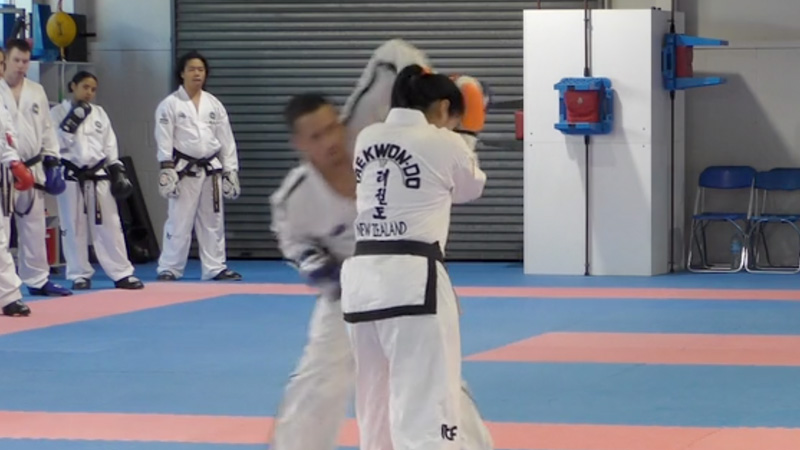
Taekwondo vs Karate & Other Martial Arts
People often compare Taekwondo vs Karate — both are striking arts but have some differences.
- Karate focuses more on punches, stances, and hand techniques.
- Taekwondo focuses on high kicks, speed, and spinning movements.
- Karate has more Japanese influence, while Taekwondo is proudly Korean.
You can also look at Hapkido vs Taekwondo — Hapkido includes joint locks and throws, while Taekwondo is more about fast, powerful kicks.
Both are effective, but Taekwondo stands out for its energy, footwork, and Olympic sport status.
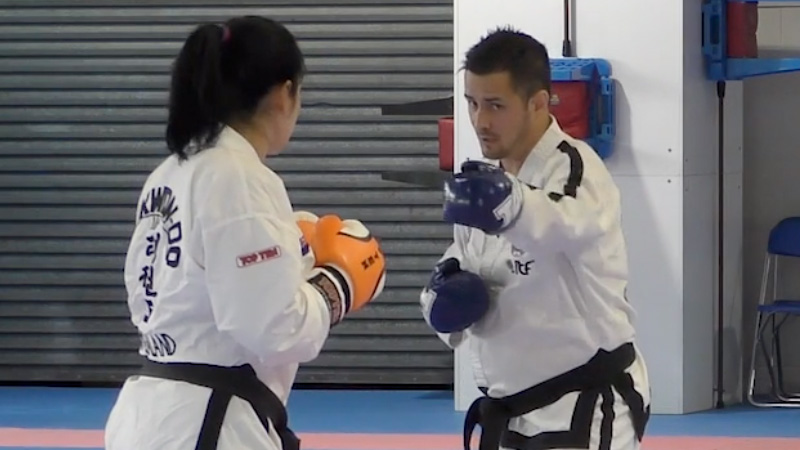
How Effective Is Taekwondo?
Many people ask, “Is Taekwondo effective for self-defense?”
The answer is yes — when practiced seriously, it’s very effective.
Taekwondo trains you to:
- Move quickly and keep distance from attackers
- Develop balance and awareness
- Use strong, accurate kicks for defense
- Build confidence and fitness
While it focuses mainly on striking, many schools add realistic self-defense drills and practical training.So yes, Taekwondo is effective — and even more so when you train regularly and respect the art.
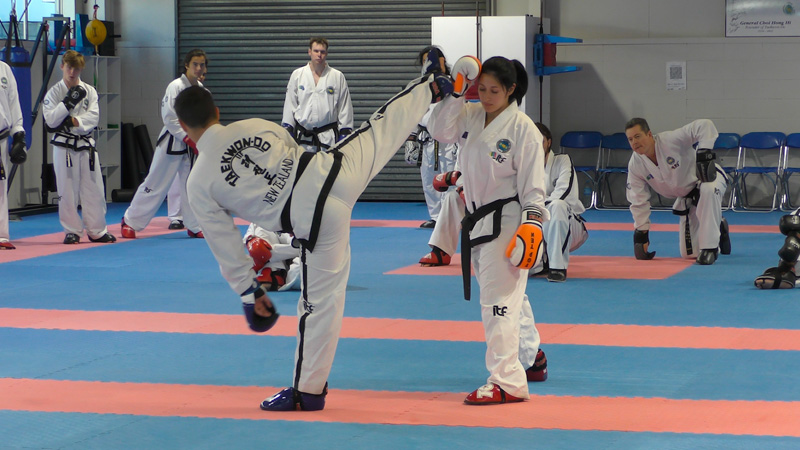
Practical Tips: Choosing a School & Starting Training
If you’re ready to begin, here’s how to start your Taekwondo journey:
- Visit nearby dojangs (schools): Try a trial class to see if you like the environment.
- Meet the instructor: Check their background and teaching style.
- Check facilities: Clean mats, good equipment, and proper safety gear matter.
- Start as a beginner: You’ll wear a white belt Taekwondo uniform and learn the basics.
- Focus on progress: Master each kick and form, from side kick Taekwondo to poomsae patterns.
- Train consistently: Improvement comes with patience and practice.
For extra help, you can explore:
- About Us – Learn about our mission.
- Our Expert Coaches – Meet the instructors.
- Our App – Learn on the go.
- Premium Membership – Unlock exclusive training content.
These pages are great for internal linking and give readers more resources.
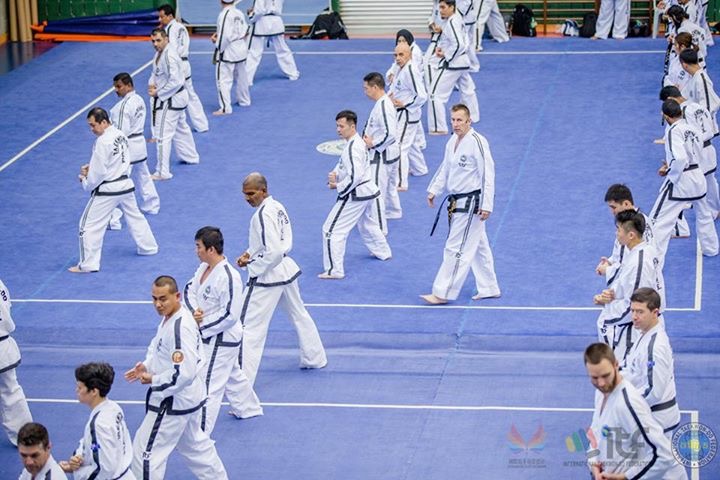
Conclusion & Call to Action
So, to wrap it up — Taekwondo is Korean, not Japanese.
It began in Korea, shaped by traditional arts like Taekkyeon and Subak, and grew into one of the world’s most practiced martial arts.
Whether you’re a beginner, a parent exploring children’s Taekwondo, or someone interested in Taekwondo training and tournaments, this art has something for everyone.
If you’re ready to get started, visit our Help & Support page, check the FAQ, or Contact Us.
You can also watch step-by-step tutorials on our YouTube Channel.
Start your journey today — learn the art, build confidence, and embrace the spirit of Taekwondo.
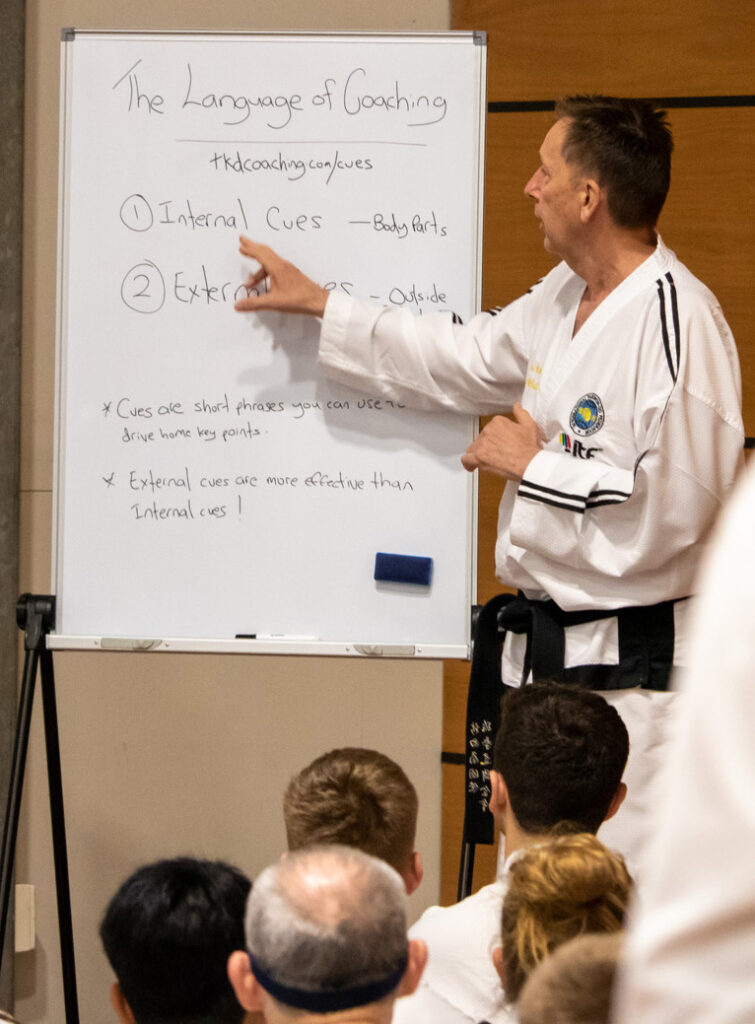
FAQ: Is Taekwondo Korean or Japanese?
Q1. Is Taekwondo Korean or Japanese?
Taekwondo is a Korean martial art. It was officially named in 1955 and is rooted in Korea’s culture and traditions.
Q2. What does “Taekwondo” mean?
It means “the way of the foot and the fist,” showing a balance between power and discipline.
Q3. What’s the difference between Karate and Taekwondo?
Karate is Japanese and uses more punches, while Taekwondo is Korean and focuses on kicks and speed.
Q4. What is Taekwondo poomsae?
Poomsae are forms or patterns — sequences of moves that help students practice techniques and balance.
Q5. What should beginners wear in Taekwondo?
A Taekwondo outfit (dobok) and a white belt. Later, you can display belts on a taekwondo belt holder as you progress.
Q6. Is Taekwondo good for kids?
Absolutely! Children’s Taekwondo builds confidence, focus, and respect while keeping kids active.

